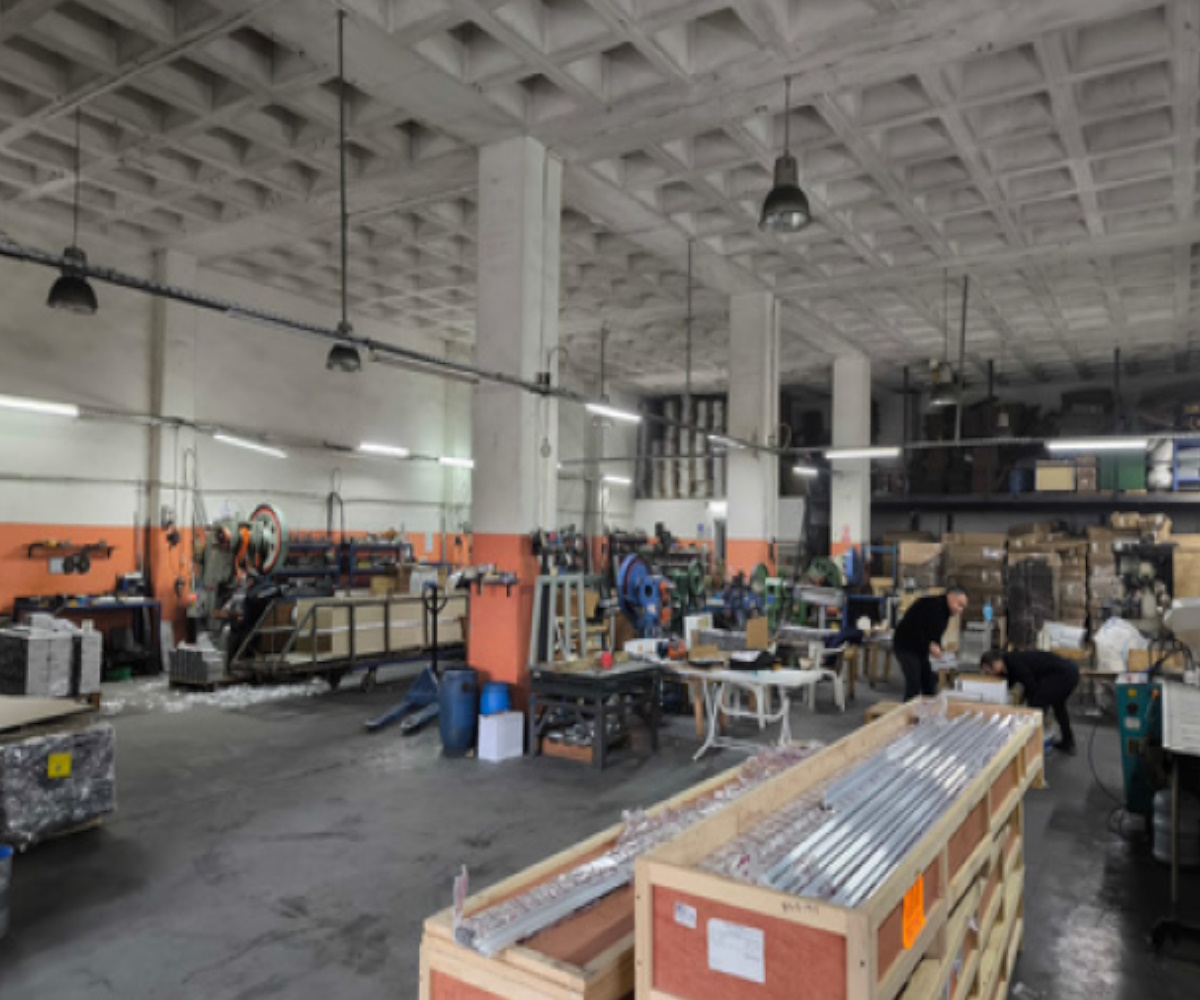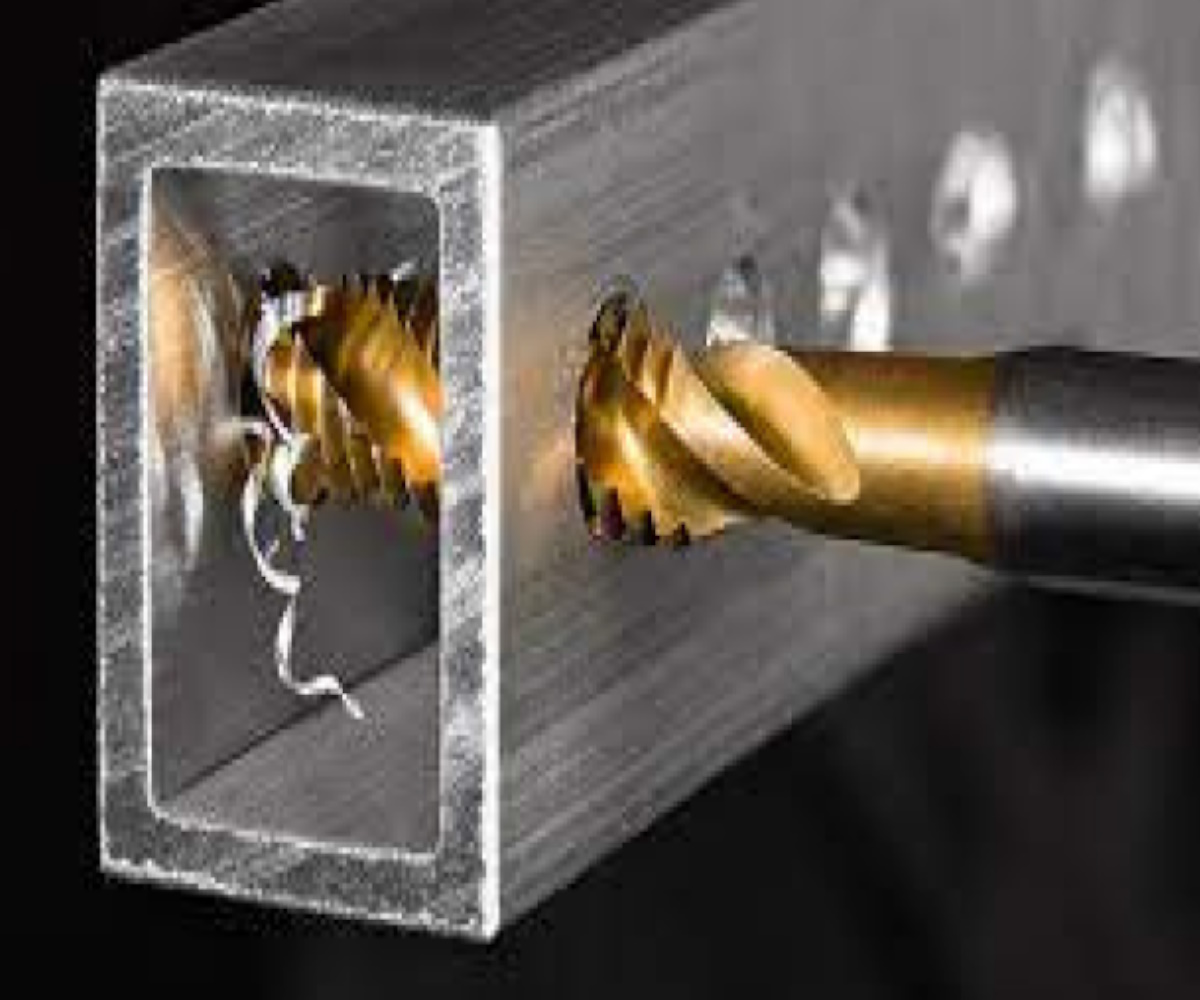Aluminium Lighting Panel
By: Alstar Aluminum| Price | Available on request |
| Category | Downstream Products |
| Manufacturer | Alstar Aluminum |
| Min Order Quantity | 100.00 Unit |
| Delivery Lead Time | As per order |
| Place of Origin | Turkey |
| Supply Ability | Customization on requirement |
| Packaging Details | Standard export packing |
| Transportation Details | Road / Ship |
Description
Aluminum is a versatile metal with a wide range of applications in the lighting sector. Its lightweight structure, excellent conductivity, high strength, and resistance to corrosion make it a popular choice for manufacturing and assembling lighting fixtures.
Its primary advantage lies in its lightweight nature, which enhances the portability of lighting fixtures and facilitates the assembly process. Additionally, aluminum's excellent thermal conductivity ensures the cooling of lighting fixtures, thereby enhancing their long-term performance.
Aluminum can also be shaped to suit various design requirements. This flexibility allows for the production of lighting fixtures in different sizes and shapes, providing designers and manufacturers with a wide creative scope.
Its resistance to corrosion should not be overlooked. Aluminum's natural resistance to oxidation ensures the longevity of outdoor lighting fixtures and reduces maintenance requirements.
In the lighting sector, aluminum is commonly used in areas such as fixture bodies, reflectors, heat sinks, mounting parts, and decorative elements.
1. Fixture Bodies and Mounting Parts: Aluminum's lightweight, durability, and machinability make it preferred for the production of lighting fixture bodies and mounting parts. This facilitates the installation process and provides manufacturers with flexibility, as aluminum can be easily cut, shaped, and drilled for assembly.
2. Reflectors and Diffusers: Aluminum's high reflectivity allows it to be widely used in coating the inner surfaces of reflectors and diffusers. This ensures a more uniform spread of light, thereby increasing lighting efficiency.
3. Heat Sinks: With the widespread adoption of LED technology, heat management in lighting fixtures has become increasingly important. Aluminum, being an excellent thermal conductor, is used effectively to dissipate heat in LED fixtures. This ensures the longevity of the fixture and maintains light efficiency.
4. Decorative Elements: Aluminum is also commonly used in the production of various decorative elements. This enhances the aesthetic and visual appeal of lighting fixtures.
The use of aluminum in these diverse applications plays a significant role in functionality, durability, and aesthetics in the lighting industry. With these features, aluminum becomes a defining factor in the production and performance of lighting fixtures.
No files available!!
Post requirements














